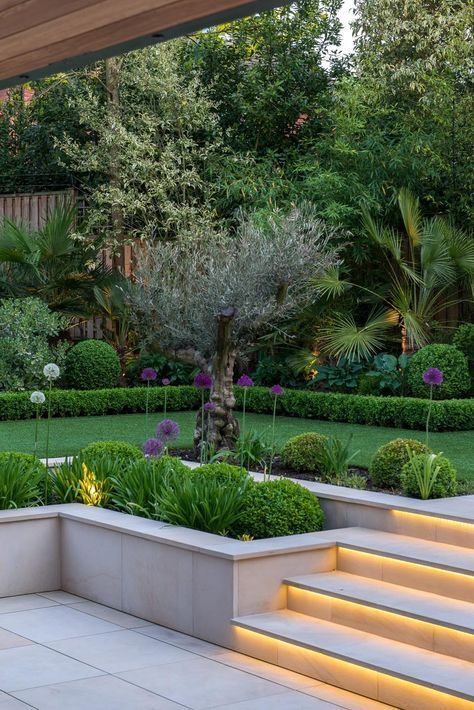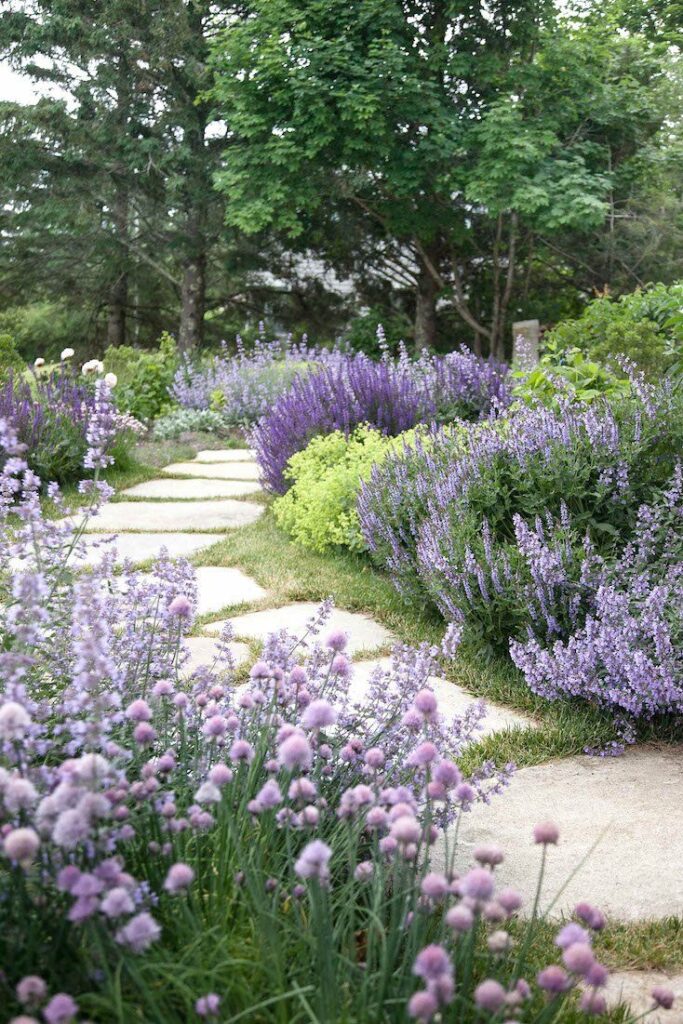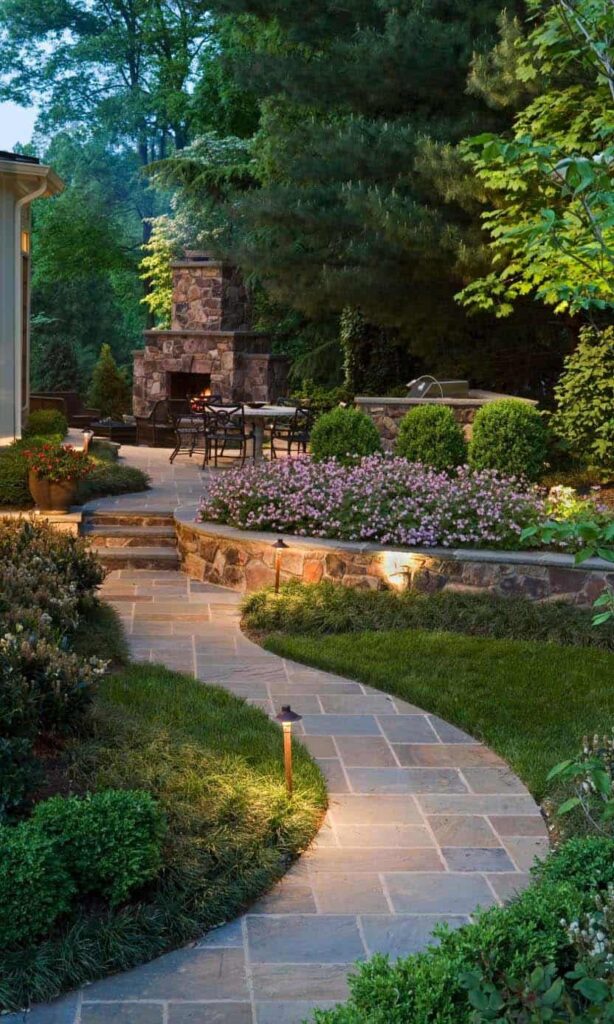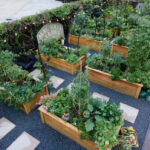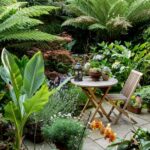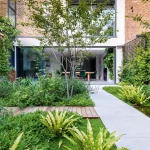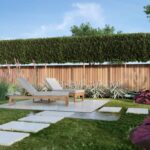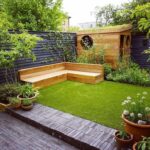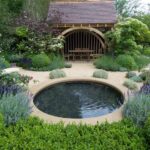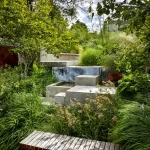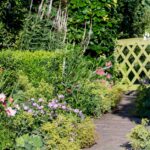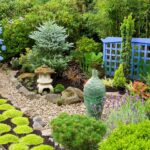Gardens are an essential part of our homes, providing us with a peaceful retreat from the hustle and bustle of daily life. Designing a garden requires careful planning to create a space that is not only visually appealing but also functional and sustainable. Here are some key considerations to keep in mind when designing your garden.
One of the first steps in garden design is to assess the space you have available. Take note of the size and shape of your garden, as well as any existing features such as trees, shrubs, or structures. Consider how you want to use the space and what elements you would like to include, such as a vegetable garden, a seating area, or a water feature.
Once you have a good understanding of your garden space, it’s time to create a design plan. Start by sketching out a rough layout of your garden, taking into account the different zones or areas you want to create. Consider the flow of the space, how you will move through the garden, and the balance of elements such as color, texture, and height.
Another important aspect of garden design is choosing the right plants for your space. Consider factors such as the climate, soil type, and amount of sunlight your garden receives. Select a variety of plants that will thrive in your garden and provide interest throughout the year, such as flowering plants, evergreens, and grasses.
Incorporating hardscaping elements such as paths, fences, walls, and garden structures can add structure and interest to your garden design. Choose materials that complement the style of your home and garden, such as natural stone, wood, or metal. Consider adding focal points such as a sculpture, fountain, or seating area to create a sense of place in your garden.
Once you have implemented your garden design plan, it’s important to maintain and care for your garden to ensure it continues to thrive. Regular watering, weeding, pruning, and fertilizing are essential tasks to keep your garden looking its best. Consider creating a maintenance schedule to help you stay on top of these tasks throughout the year.
In conclusion, garden design is a fulfilling and creative process that allows you to transform your outdoor space into a beautiful and functional retreat. By carefully planning and implementing a design that takes into account your space, plants, hardscaping elements, and maintenance needs, you can create a garden that brings joy and tranquility to your home for years to come.
